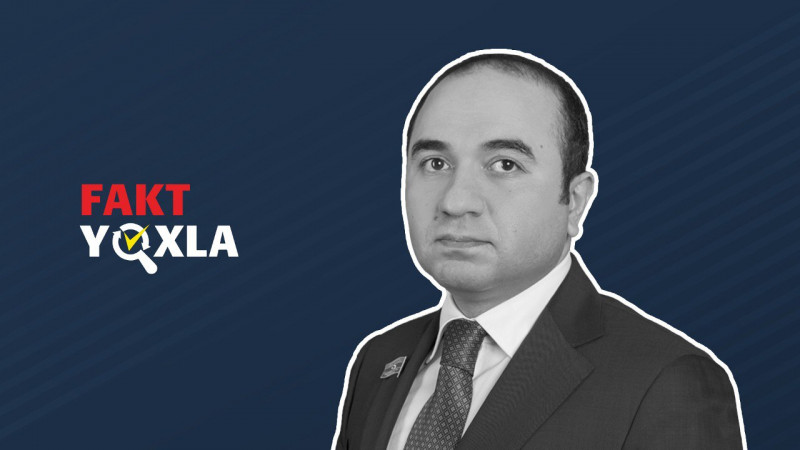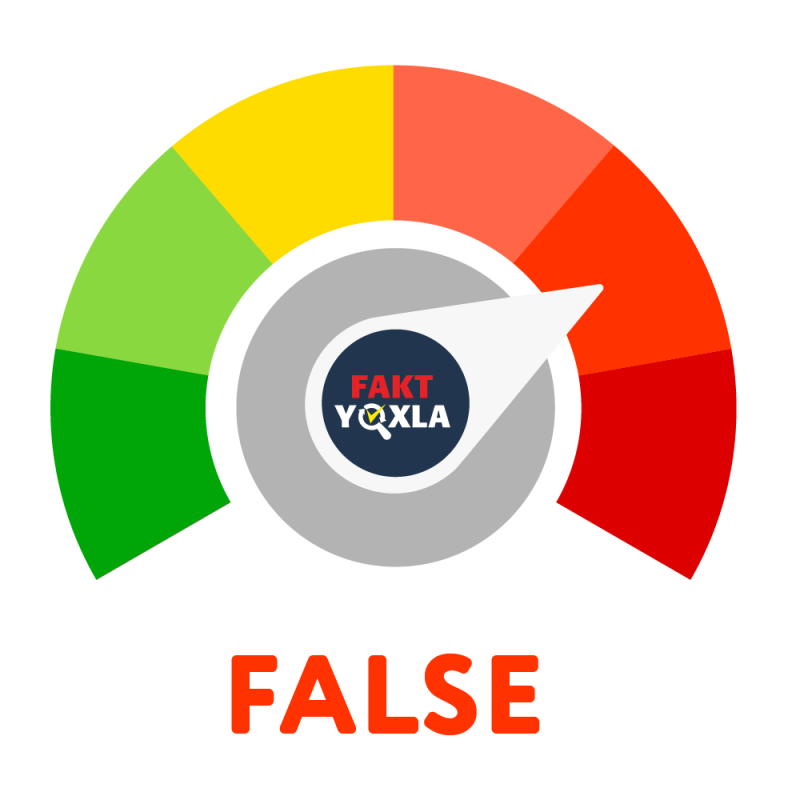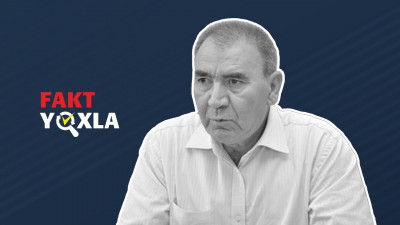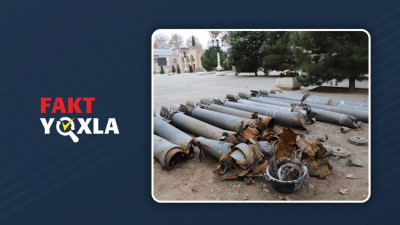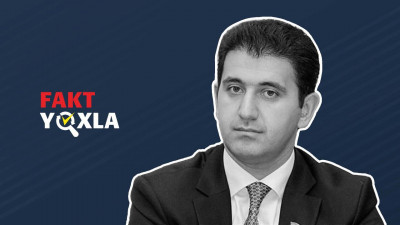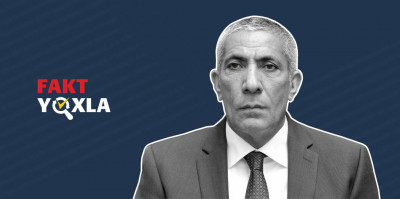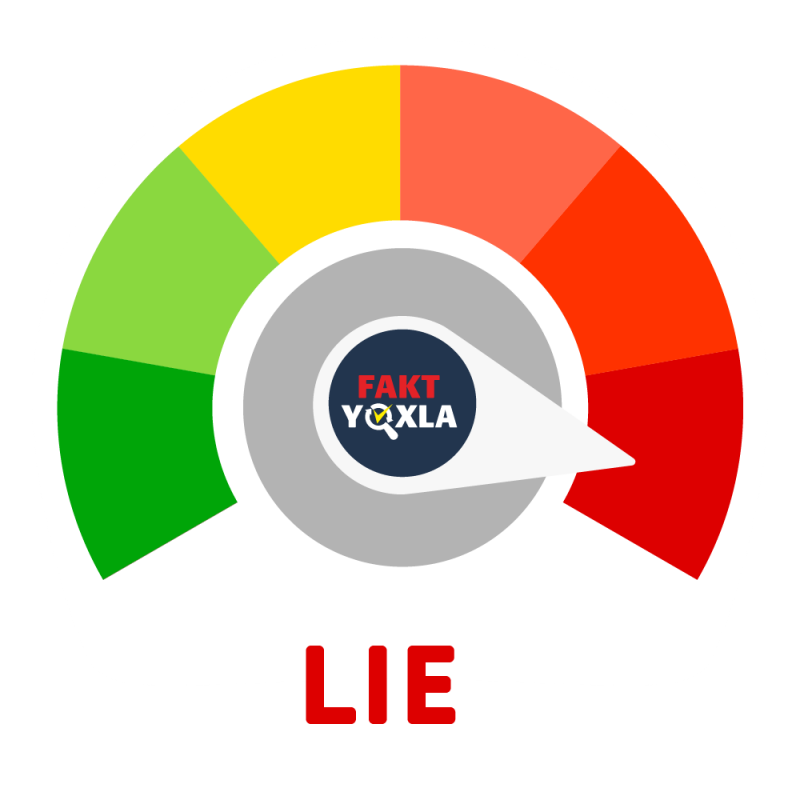"Azerbaijani lands were occupied by Armenia for nearly 30 years... As if all this was not enough, about a million landmines were also buried in those territories. However, the UN did not raise its voice or comment on these issues."
Kamran Bayramov, a member of the international relations and inter-parliamentary relations committee of the Milli Majlis, said this in his statement to Report.
Is it true that the UN has not had any position or activity regarding mine pollution in the territories of Azerbaijan?
Fakt Yoxla checked whether the MP's claim about the UN's attitude to the landmine problem was true.
Since the main context of the claim is related to the period of occupation, attention was paid to the information up to that period (up to 2020).
ANAMA began its activities within the framework of the Joint Program on Combating Mine Threats in Azerbaijan, signed on April 2, 1999, between the Government of Azerbaijan and the United Nations Development Program (UNDP). The purpose of ANAMA is to free the territories of Azerbaijan, which were liberated from occupation and affected by war and military operations, from the danger of mines and explosive ammunition. Since the creation of ANAMA, the UN has supported demining activities in the areas affected by the Karabakh conflict.
In its 2009 report, it was stated that the UN provided aid to Azerbaijan, one of the 26 countries, in the field of demining (p. 17). In the 2015 UN report, Azerbaijan was listed among the countries heavily contaminated with mines (p. 2).
In a statement published on the official website of the UN in July 2018, it was stated that the vast majority of the war zone in Azerbaijan was contaminated with mines and the territory had become dangerous and unsuitable for the return of internally displaced persons. It was noted that ANAMA, launched with the support of the UN, has cleared more than 520 million square meters of landmines in the last 20 years, and nearly 800,000 mines and other explosive weapons have been completely destroyed. As a result, safe conditions were created for the settlement of more than 160,000 displaced people. UN Resident Coordinator Ghulam Isaczai said the presence of landmines and explosive remnants of war hampers access to and use of resources and infrastructure. Azerbaijan's successes in the demining process should be widely shared.
Ghulam Isaczai said in his statement in August 2018 that after 1988, mines in the conflict zone in Azerbaijan made the area dangerous and useless. The liberated village of Jabrayil district in April 2016 was completely cleaned by ANAMA after that time, and as a result, it was possible for the population to settle there.
Furthermore, let's note that especially after the 2nd Karabakh War, the increase in the number of people falling into landmines in the territories liberated by Azerbaijan made this problem relevant again.
Accordingly, the UN has expressed its position on the landmine problem several times after 2020. UN Resident Coordinator Vladanka Andreeva said in July 2023 that 303 people lost their lives in Azerbaijan as a result of mine explosions in the last two years alone. She noted that from 1991 until that day, a total of 3,377 people, 358 of whom were children and 38 were women, were victims of landmines. The document on mine activities in Azerbaijan published by the UN in 2022 shows that more than 259 people died in 2020-2022, and more than 800 thousand people are waiting for their return to those areas. Moreover, the UN provided financial assistance to the activities of ANAMA in different years (sources: 1, 2, 3, 4, 5).
Thus, the UN expressed its attitude to the mine problem in Azerbaijan, the organization played a role in the launch of ANAMA, which carries out demining in Azerbaijan, and also supports the government of Azerbaijan and implements various programs to eliminate the mine problem.
Fakt Yoxla concludes that the claim of the MP is False.



